|
|
|
|
|
Image Gallery for Melanoplus decorus - Decorated Spur-throat Grasshopper
|
 | Recorded by: Larry Chen, Sarah Toner
Craven Co.
Comment: |  | Recorded by: Larry Chen, Sarah Toner
Craven Co.
Comment: |
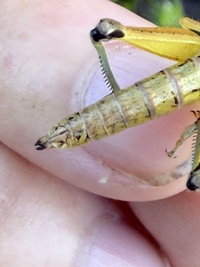 | Recorded by: Larry Chen, Sarah Toner
Craven Co.
Comment: | 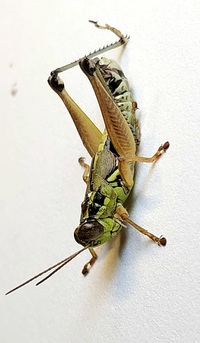 | Recorded by: Mark Basinger
Sampson Co.
Comment: |
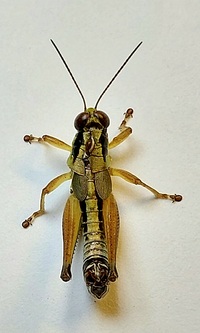 | Recorded by: Mark Basinger
Sampson Co.
Comment: | 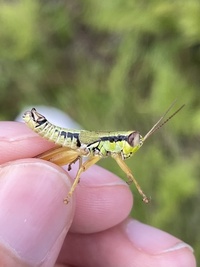 | Recorded by: Larry Chen
Carteret Co.
Comment: |
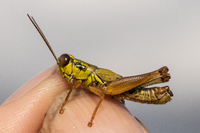 | Recorded by: Ed Corey
Onslow Co.
Comment: | 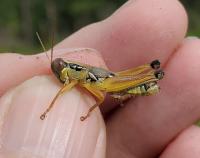 | Recorded by: Ed Corey
Onslow Co.
Comment: |
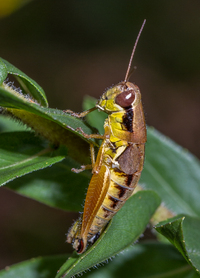 | Recorded by: Stephen Hall and Ed Corey
Bladen Co.
Comment: Identity based on association with a collected and confirmed male |  | Recorded by: Jamie Cromartie and Steve Hall
Bladen Co.
Comment: |
 | Recorded by: Steve Hall
Craven Co.
Comment: Adult male |
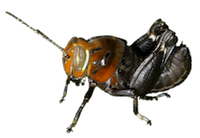
 »
»
 »
»